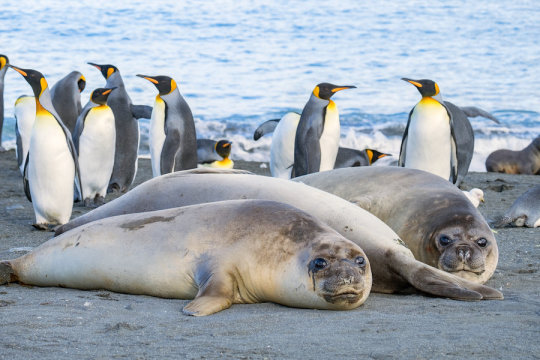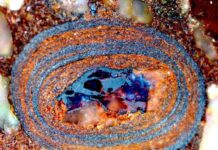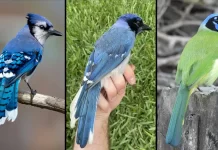[ad_1]
Scientists have found that on the desolate Antarctic peninsula, nitrogen-rich poop from colonies of penguins and seals enriches the soil so well that it helps create biodiversity hotspots throughout the region. Their work, appearing May 9 in the journal Current Biology, finds that the influence of this excrement can extend more than 1,000 meters beyond the colony.
Researchers braved the wicked cold of the Antarctic and maneuvered through fields of animal waste and groups of clamoring elephant seals, gentoo, chinstrap, and Adélie penguins to examine the soils and plants surrounding these colonies. “What we see is that the poo produced by seals and penguins partly evaporates as ammonia,” says Stef Bokhorst, a researcher in the Department of Ecological Sciences at Vrije Universiteit Amsterdam. “Then, the ammonia gets picked up by the wind and is blown inland, and this makes its way into the soil and provides the nitrogen that primary producers need in order to survive in this landscape.”
In fact, this process allows ammonia to enrich an area up to 240 times the size of the colony. And the results of this enrichment: a thriving community of mosses and lichens, which in turn supports an incredible number of small invertebrates, like springtails and mites. “You can find millions of them per square meter here, but in grasslands in the US or Europe, there are only about 50,000 to 100,000 per square meter,” says Bokhorst. “It took months and months of sitting in the lab counting and IDing them under a microscope,” he says, and he notes that trekking through the bitter temperatures of the Antarctic was far preferable to that task.
Ultimately, a circle of nutrient enrichment, known as the nitrogen footprint, surrounds the colony. Unexpectedly, the authors found that the extent of a colony’s footprint has little to do with how cold or dry the region is but instead heavily relies on the number of animals present.
Using this information, Bokhorst and his colleagues were able to map biodiversity hotspots across the peninsula. Importantly, these maps can be easily updated using satellite images to determine the location and size of breeding colonies, freeing future researchers from having to conduct fieldwork. This is an important step for a region like Antarctica, whose massive size, dangerously cold temperatures, and utter desolation make research there difficult.
Bokhorst says that a major threat to the existing biodiversity they observed is climate change and human activity. The vibrant invertebrate communities on the peninsula experience very low predation, but the introduction of invasive plant species, whose seeds can be blown from South Africa and South America or carried into the system by seabirds and humans, might change this.
“Just as the penguin and seal colonies enrich the soil for native plants, it’s also possible that they are making it ideal for invasive species as well, which could be hardier and provide shelter for predatory insects like spiders and beetles,” says Bokhorst. “Right now, the system is too unproductive to support any mammals like rats and mice.”
Moving forward, the authors aim to address these concerns by researching the roles of invasive species in both the Arctic and Antarctic. A main goal is to determine whether the activities of penguin and seal colonies really do promote the success of invading species and what actions might be taken to prevent the introduction of invaders into these untouched regions in the future.
The authors acknowledge support from the Netherlands Polar Programme and the Natural Environment Research council.
Story Source:
Materials provided by Cell Press. Note: Content may be edited for style and length.
[ad_2]















